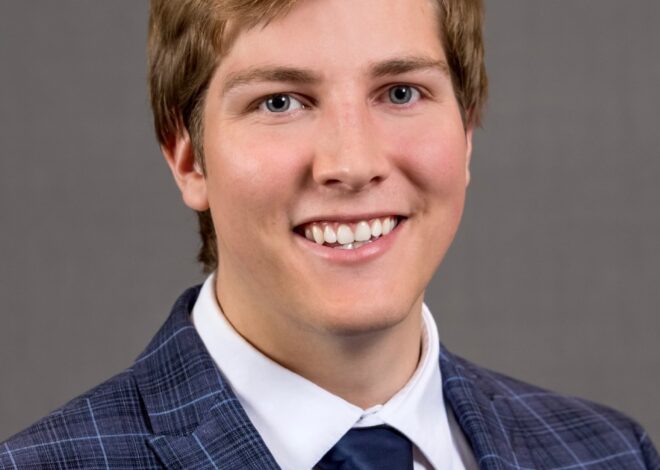
Pending bill helps combat drug overdoses, could help save lives
Recent legislation is making it easier for healthcare professionals in the state to combat drug overdoses with the use of Naloxone, an antagonist used to reverse the affects of opioid overdoses.
The passage of Senate Bill 14 during the 2015 legislative session made it legal for trained first responders to possess and administer Naloxone.
House Bill 1079 is currently being discussed in the Senate. It takes last year’s bill one step further – allowing friends, family members or other close third parties to those at risk of opioid-related drug overdoses be prescribed, possess, distribute or administer the drug.
HB 1079 was deferred to another day on Tuesday.
Kari Shanard-Koenders, South Dakota Board of Pharmacy’s executive director, said Naloxone is an important resource nationwide and is becoming increasingly so in the state.
“The problem is you often don’t know when, if you’re a partying-type person, when your friend is potentially going to go into an overdose if you’re with them while they’re using and abusing opioids,” she said.
Matt Callahan, Vermillion EMS Chief, said common symptoms of a narcotic overdose are pinpoint pupils and minimal, if any, breathing.
Though EMTs have been able to administer Naloxone for “quite some time,” Callahan said making the overdose antidote available to first responders is beneficial.
“There’s areas that it takes 30, 40 minutes to get an ambulance to you, and if a deputy or highway patrol officer or someone else that is closer than that, then it definitely can make a difference,” he said.
Vermillion Police Department Chief Matt Betzen said there’s no need at this point in time for his officers to be trained to administer Naloxone, as ambulances in Vermillion are usually only one to two minutes behind law enforcement.
Betzen said Vermillion would have to be bigger geographically, experience a “sudden uptake” in overdose cases or have a difference in response time of 10-20 minutes for him to justify the time and money it would take to train VPD officers in the antidote’s administration.
The Vermillion EMS Department handles about one to two dozen overdose incidents a year, Callahan estimated.
“We haven’t really experienced the opiate narcotic epidemic like, I would say, east of the Mississippi River,” he said. “Obviously they encounter it much more frequently than we do up here at this time, which is good.”
Shanard-Koenders said South Dakota statistics on opioid-related deaths are difficult to find because there are so many different facets of overdose that go into recording them, such as if they’re unintentional or intentional.
Her current statistic states that from 2004 to 2011, approximately 10 people died annually from opioid overdoses. She’s also seen information that indicates 17 opioid deaths in 2013 and 16 in 2014, one of which was from heroin.
She added that about 120 deaths occur from some type of drug overdose each day nationally, about 70 of which are from narcotics.
Naloxone can be administered as a nasal spray, through an IV line or as a direct injection into the arm.
“So we kind of have some different routes that we can go for,” Callahan said. “It just depends on the situation, depends on how critical a patient is at the time.”
Shanard-Koenders pointed out that narcotic abuse usually starts with a legitimate painkiller prescription, but can quickly evolve to an opioid addiction. And because pharmacies and doctors nationwide are monitoring these prescription “shoppers” more carefully, people resort to heroine, which is more accessible and much cheaper.
The problem is further complicated when heroin is diluted with “amazingly deadly” chemicals, Shanard-Koenders said.
Though South Dakota doesn’t see as many overdoes cases annually as several other states, Shanard-Koenders said its legislation is still important.
“From all my understanding, heroin is becoming more popular in South Dakota, so this is going to become a greater need, in my opinion,” she said.
Callahan said he hasn’t done much research on HB1079, but said he’s looking forward to seeing more statistics on results of similar legislation in other states.
Regardless if HB1079 passes, Shanard-Koenders said there’s a lot of benefit to be had from what was passed last spring.
The use of Naloxone by first responders is “huge,” Shanard-Koenders said, because patients no longer have to wait until they’re in the emergency room to be administered the drug.
“Reversal of an overdose is amazing,” she said. “It takes that person from, essentially, death to life. It’s a very life-saving drug.”


